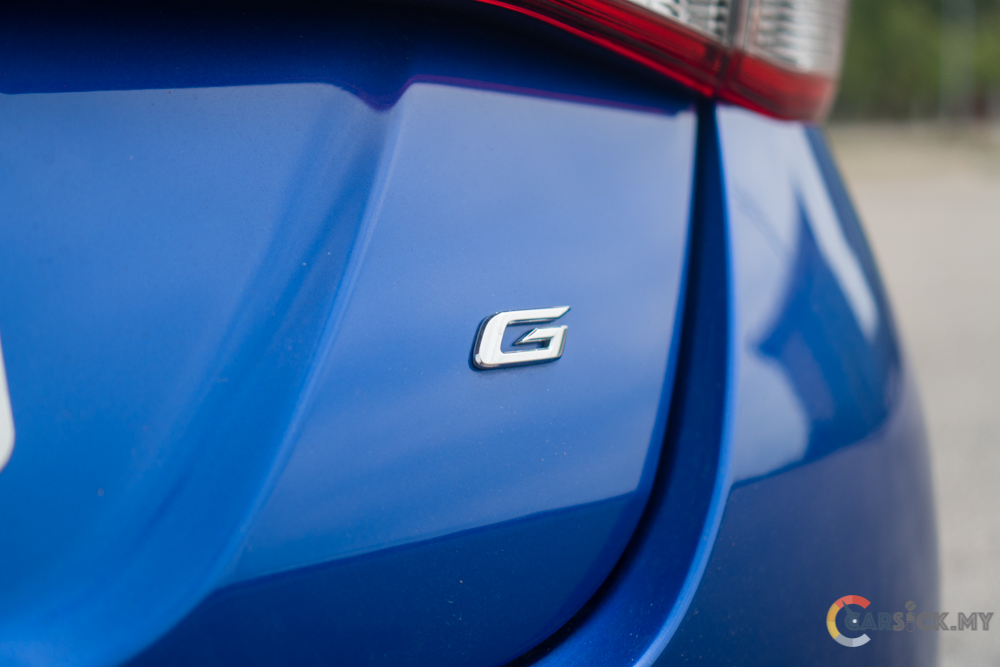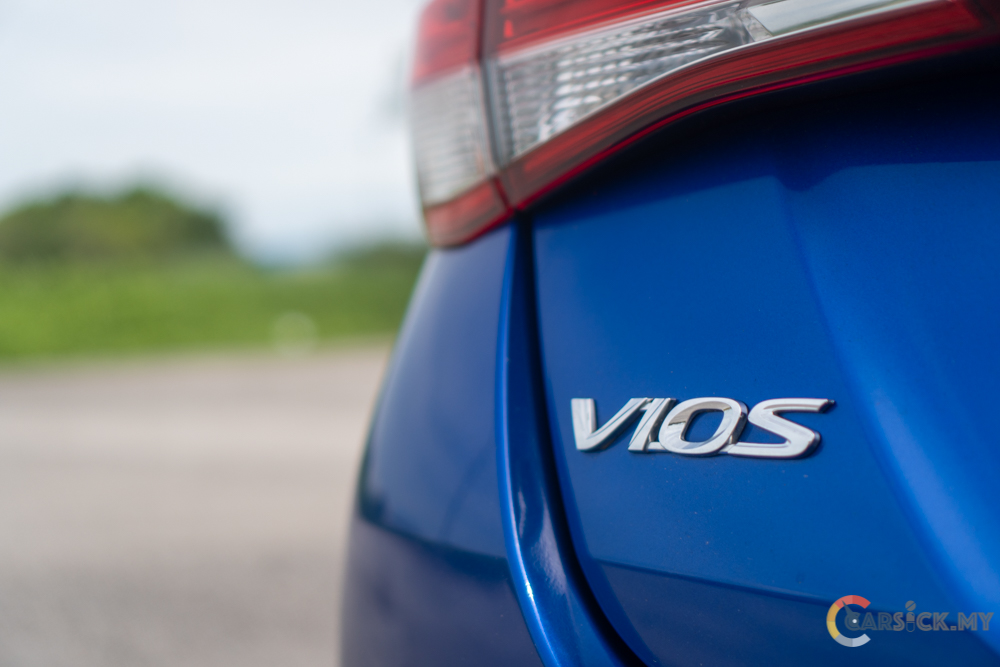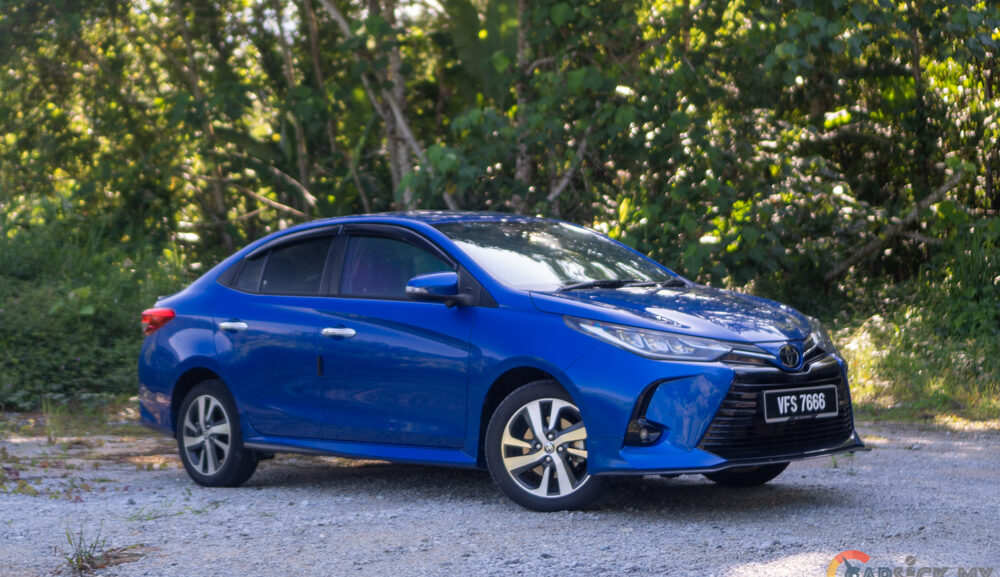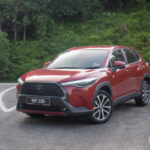When the Toyota Vios was 1st introduced in Malaysia back in 2002, it instantly became a runaway success for Toyota Malaysia. After 20 years, and 3 generations later, the Toyota Vios is still a very hot selling vehicle for the brand. While the new generation Vios has been spotted being tested in other countries, let’s take a closer look if this platform Vios is still capable of competing with its rival.
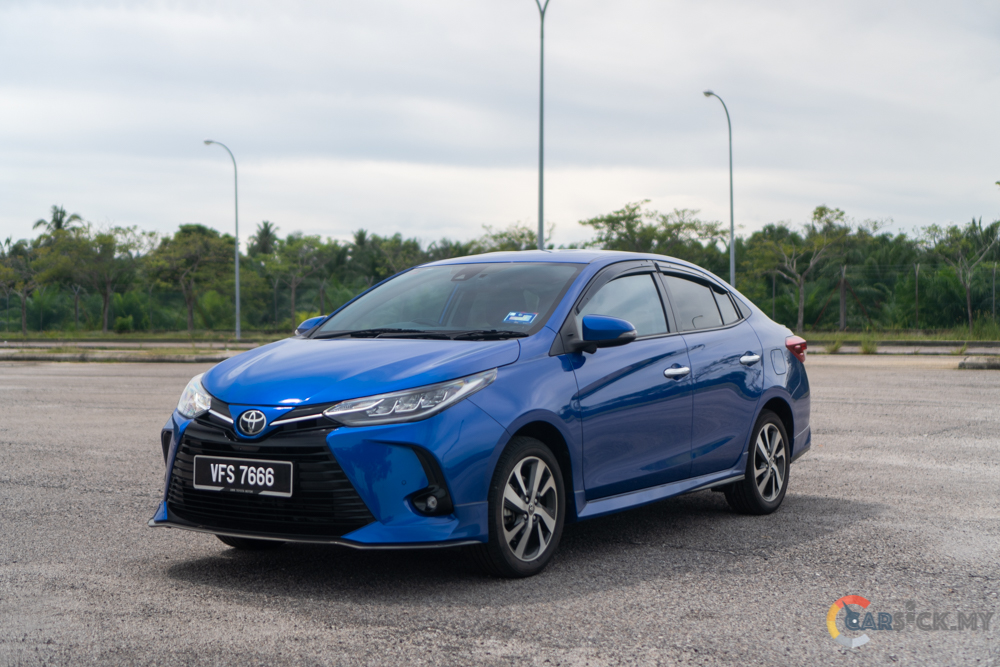
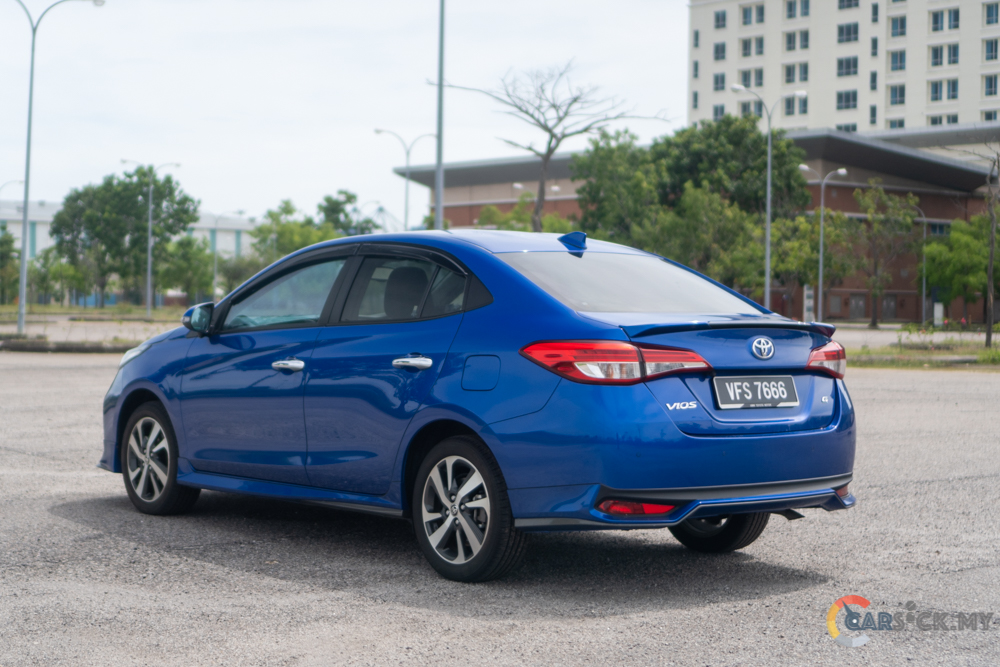 While the overall shape did not change from the previous facelift, Toyota did manage to give the updated Vios some minor cosmetic upgrades to make it look more up to date. At the front, the Vios comes with a sportier looking front bumper and LED headlights that suits the family look of a modern day Toyota. On top of that, the daytime running lights have now been moved from the front bumper into the headlights that gives the car a cleaner look at the front.
While the overall shape did not change from the previous facelift, Toyota did manage to give the updated Vios some minor cosmetic upgrades to make it look more up to date. At the front, the Vios comes with a sportier looking front bumper and LED headlights that suits the family look of a modern day Toyota. On top of that, the daytime running lights have now been moved from the front bumper into the headlights that gives the car a cleaner look at the front. 
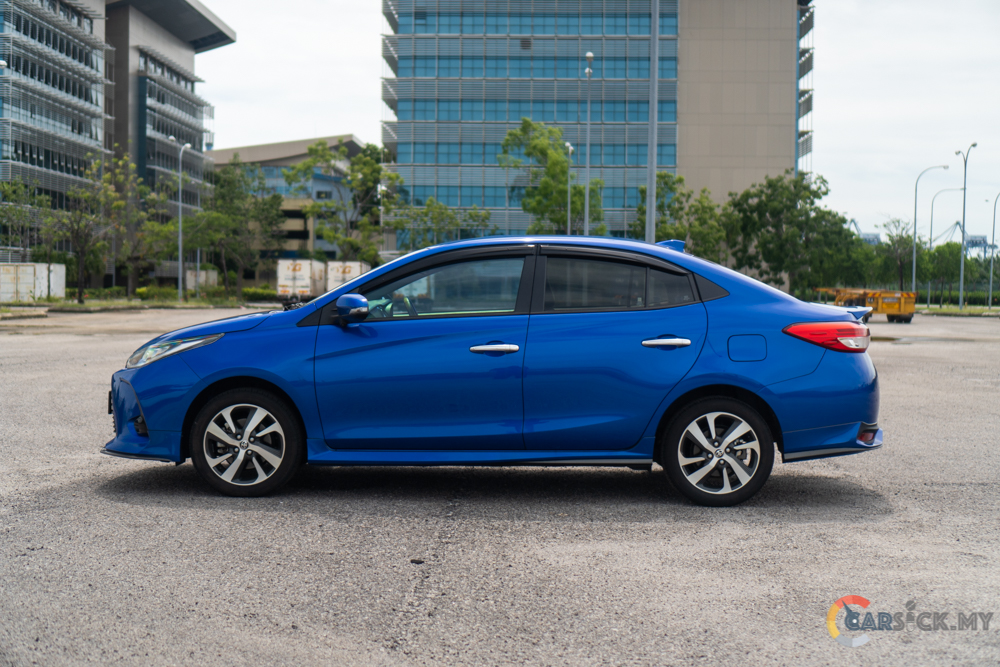
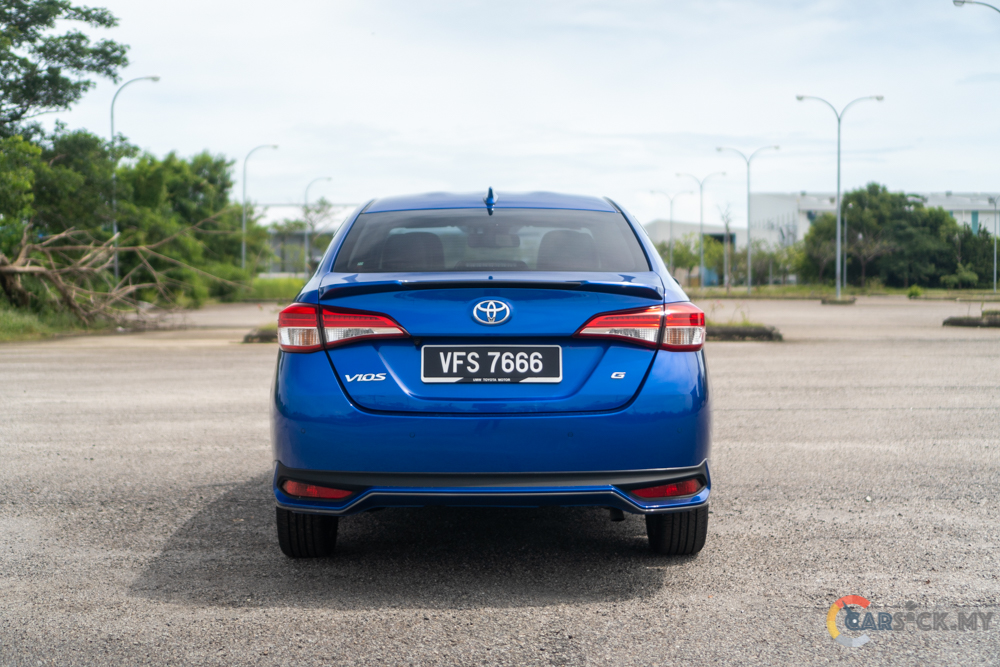
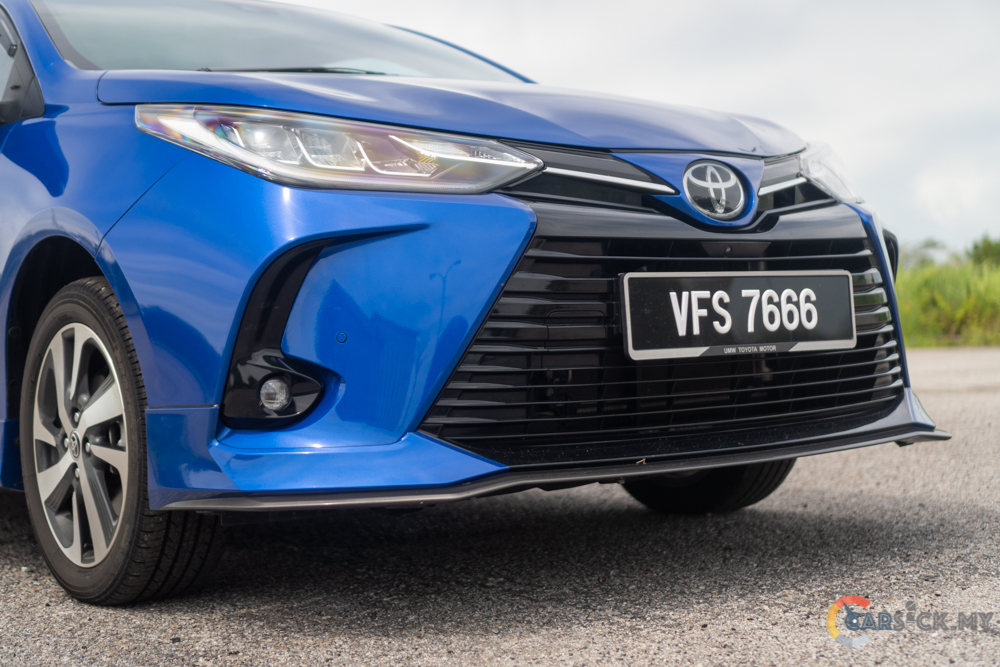
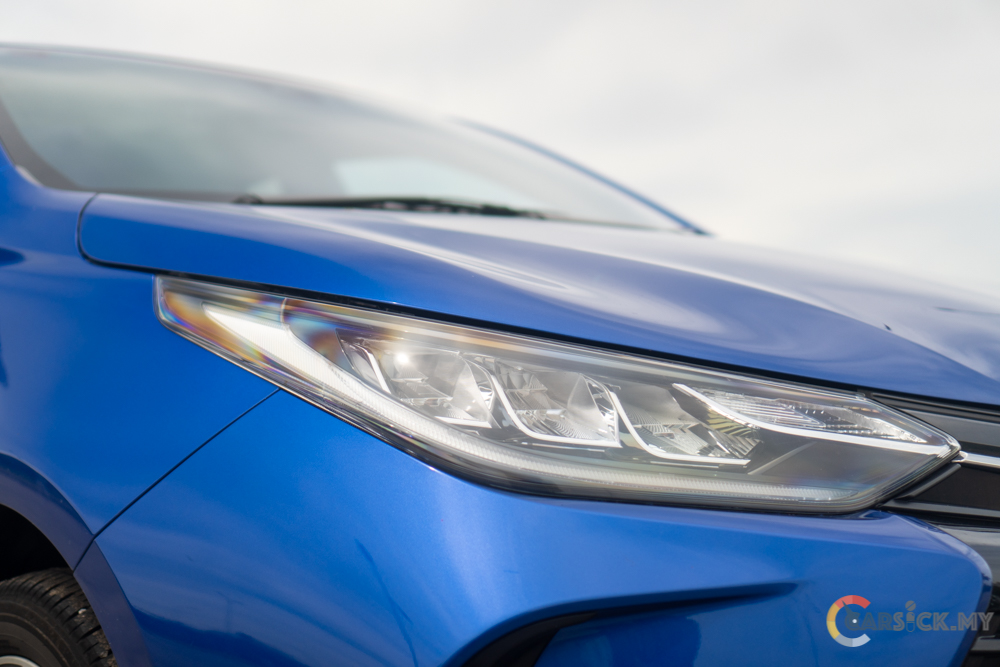
To enhance the sporty look of the vehicle, this Vios has been outfitted with a set of official body kit from Toyota Malaysia. This body kit adds on front bumper extension, rear bumper extension, and a lip spoiler as part of the package. Even though the Vios does come with larger 16 inch rims and tyres, the size of the wheel arch still makes the 16 inch rims and tyres look small on the vehicle. Due to its popularity, the Vios is one of those cars that blends in with the surroundings easily. 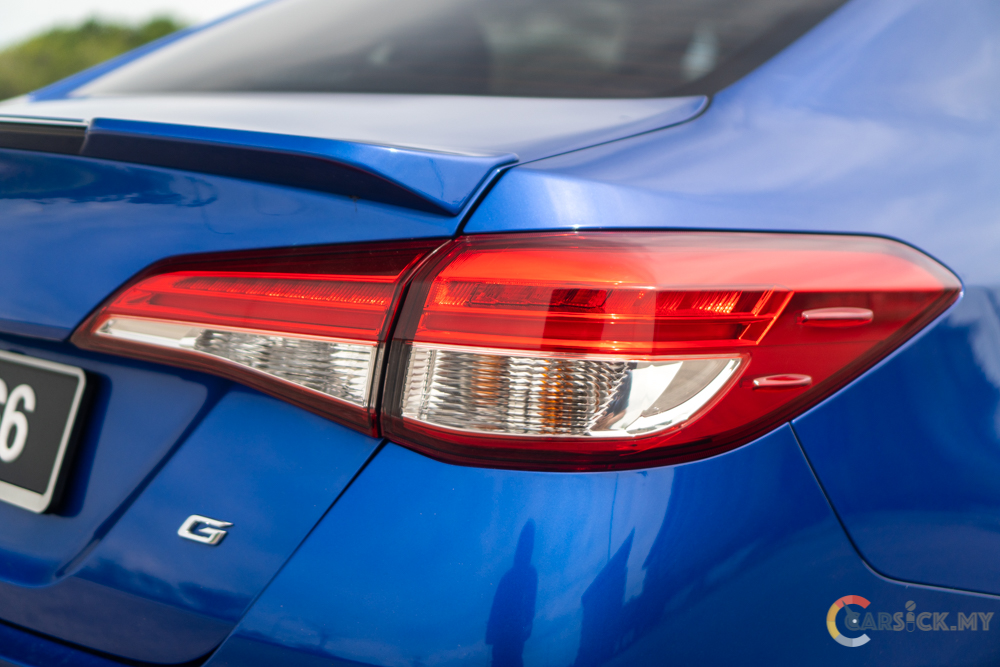
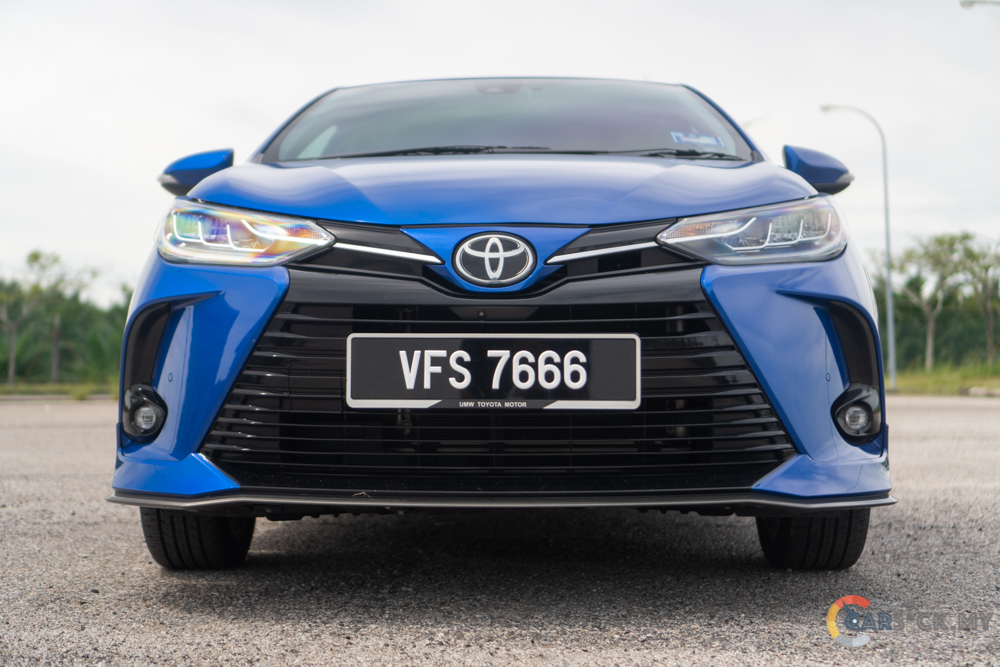
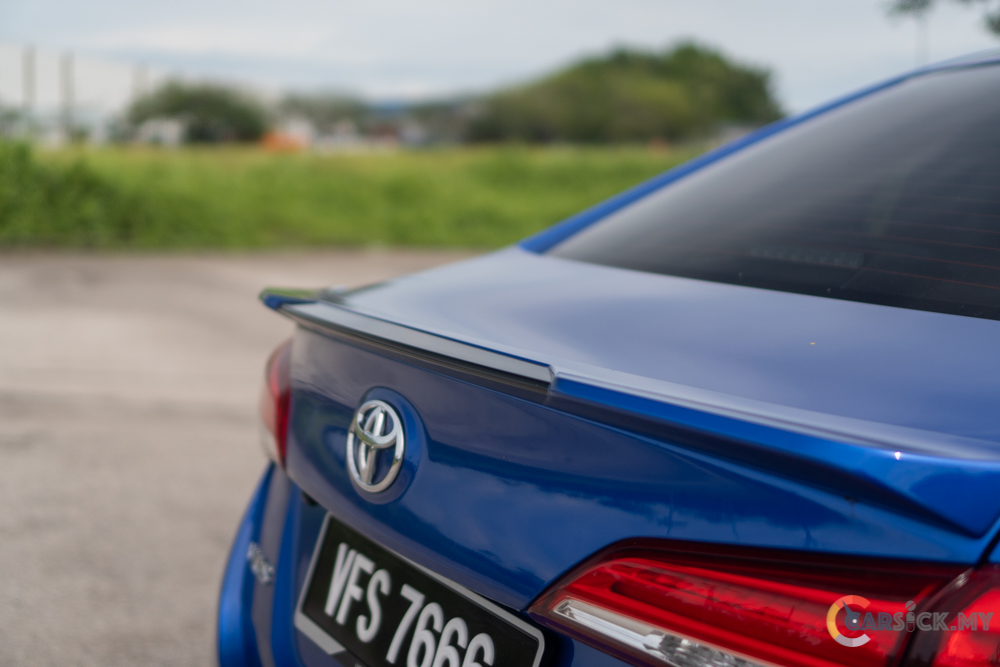
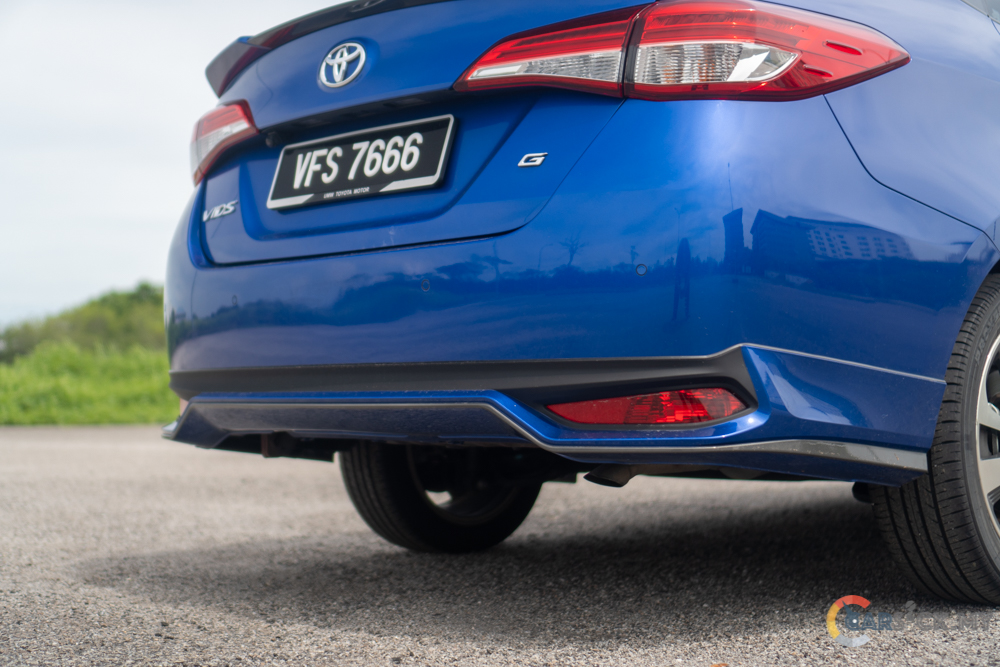
For the interior, the Vios comes with a typical Toyota dashboard design, and majority of the materials used on it are hard plastics. The use of hard plastics will ensure that the interior will survive as long as the vehicle is still roadworthy. In front of the driver, there is an analogue instrument cluster with an integrated 4.2″ multi info display, that is clear and easy to read. While at the center, the 7 inch head unit has now been updated with connectivity functions, such as Android Auto and Apple Carplay. To brighten up the interior, Toyota has fitted the Vios with blue color ambient lighting, which matches the exterior of the vehicle. 
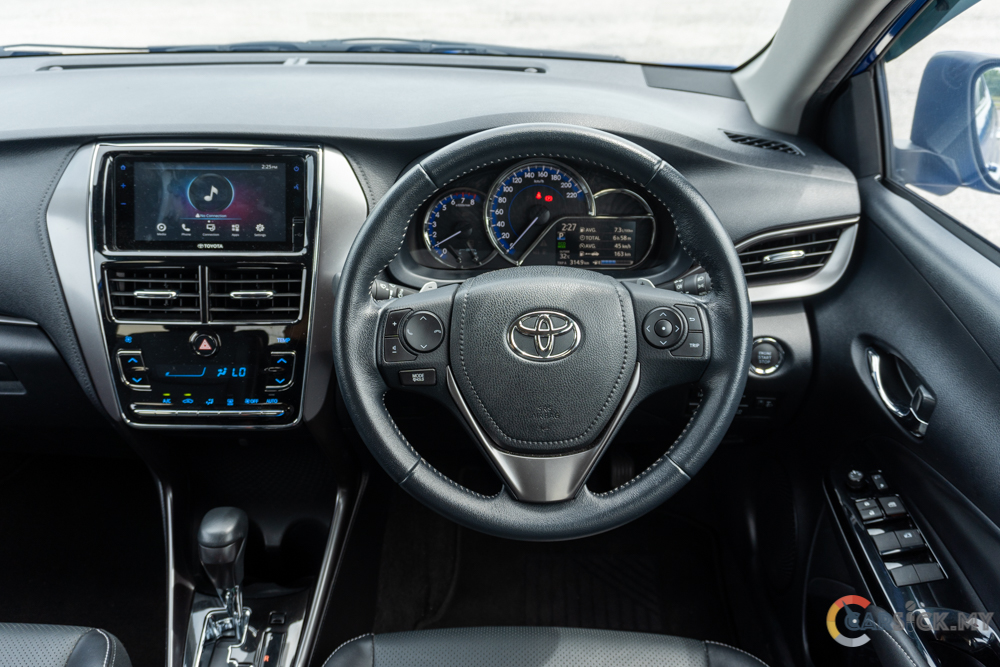


Getting behind the wheel, the Vios comes with a comfortable driver seat that has good ergonomics. While the driver seat is comfortable, the seat lacks side support to keep me in place when driving on twisty roads. I may not have trouble getting comfortable behind the wheel, I do think that Toyota could add a reach adjustable to the steering column for those who needed it. Beside the driver, the narrow center armrest does not allow me to rest my arm due to the position of it. On the flip side, I’d say Toyota did a great job in utilizing the storage compartment under the center armrest to fit the optional wireless charger. 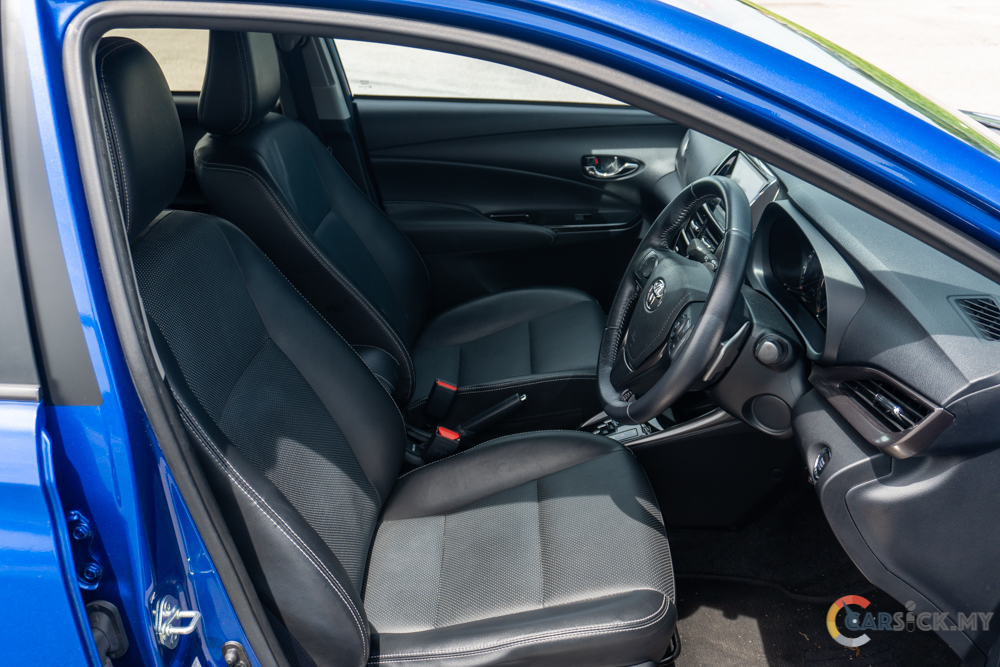
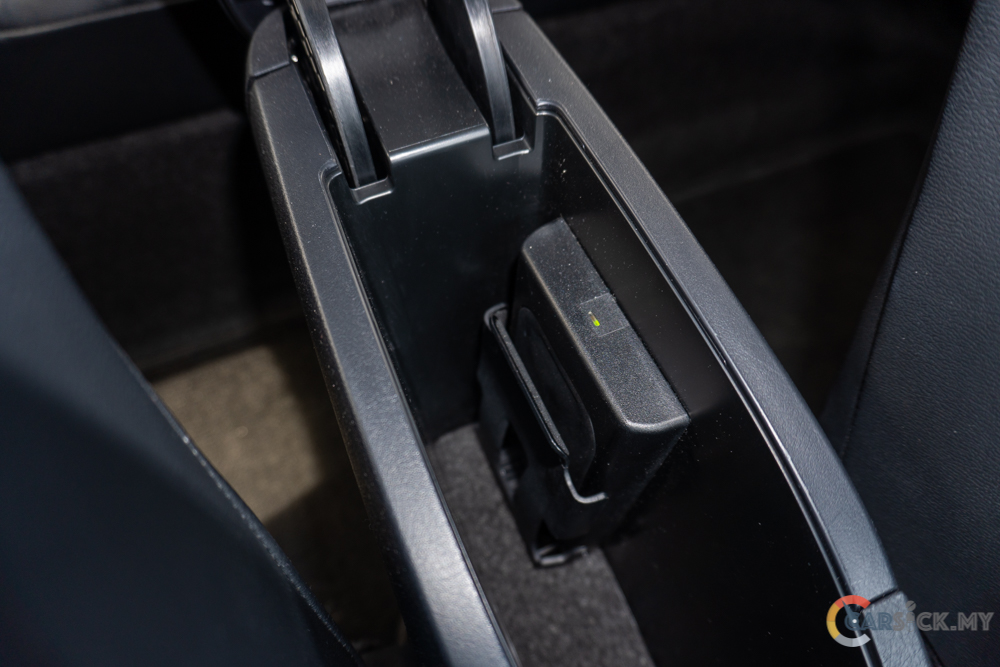

Being a B-segment sedan, the Vios will always struggle to provide ample shoulder room for 3 adults sitting at the rear. That said, the Vios still gets decent legroom and headroom for rear passengers to not feel claustrophobic. With this current platform, the Vios did not come with any rear AC vents, I do hope that Toyota will include it for the next generation Vios. Lastly, the Vios do get a huge 506L boot space to fit almost anything that the owner wants to carry. If they need to carry even longer items, the seat back can also be folded down to expand the boot space. 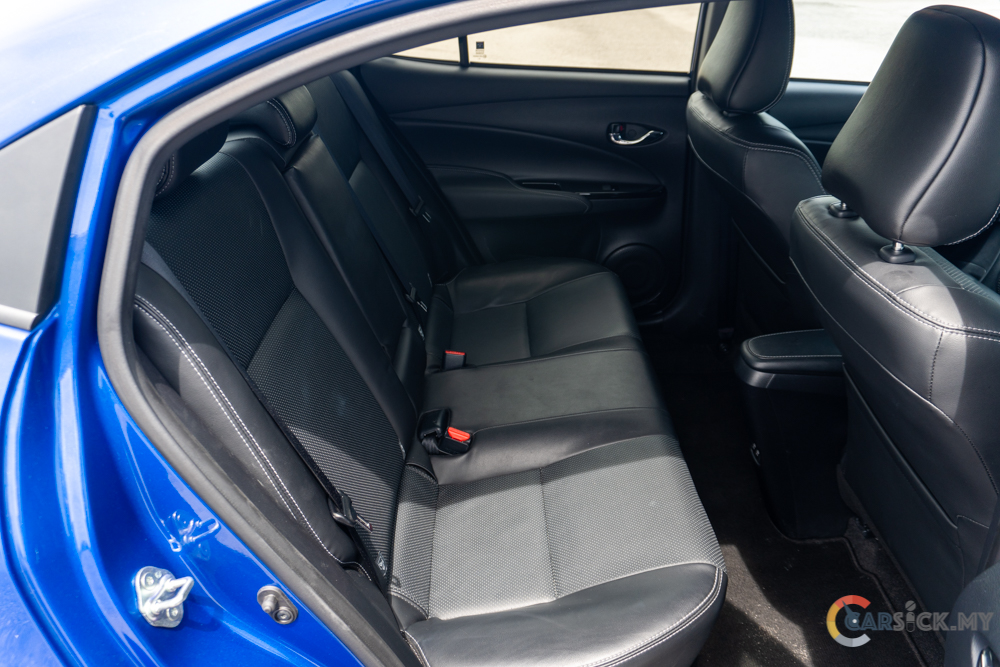
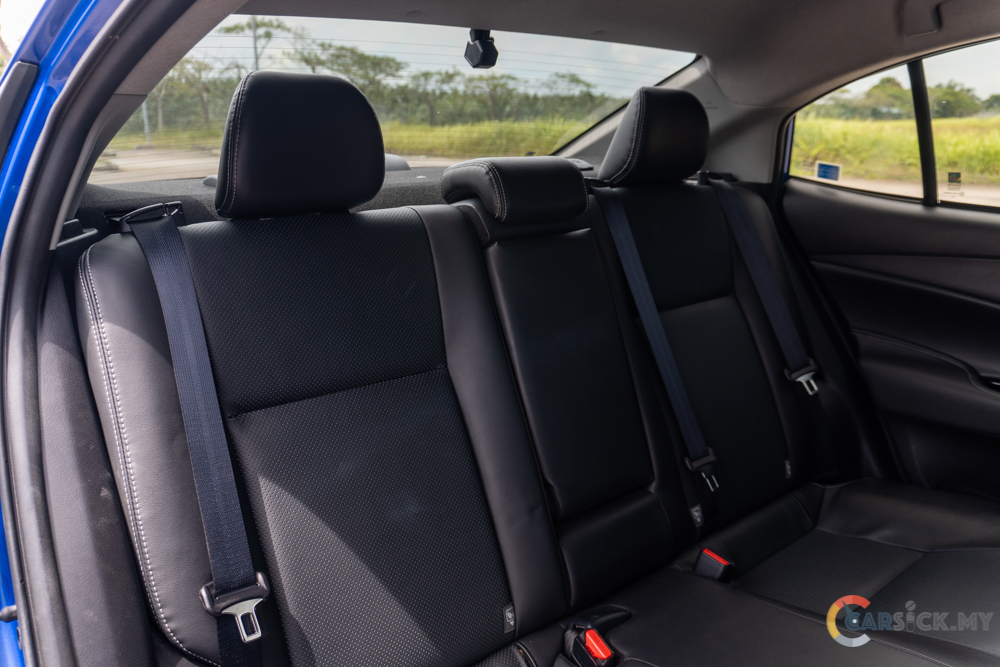
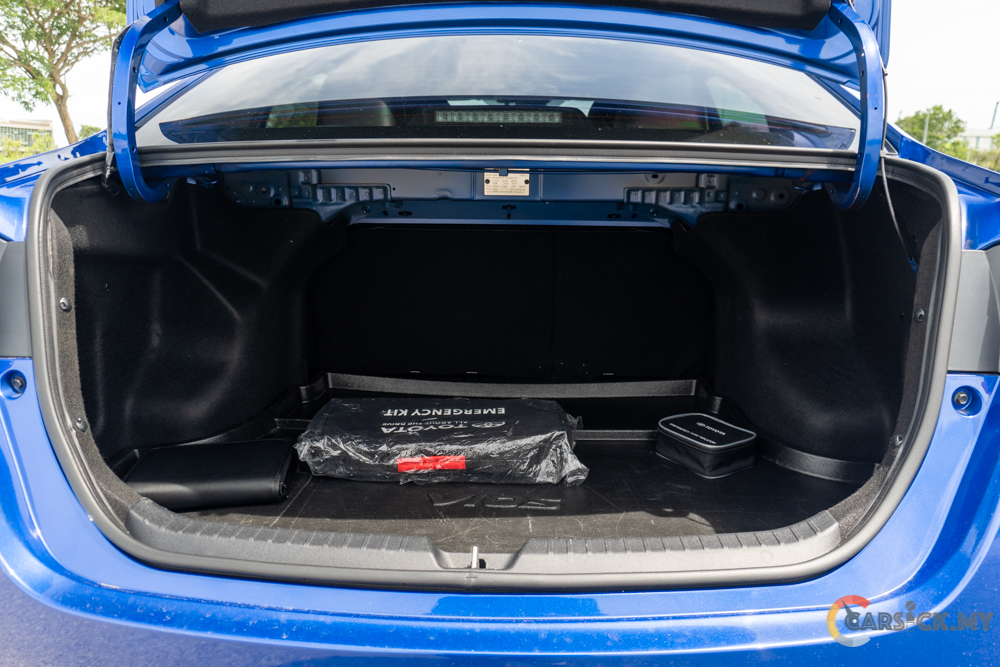
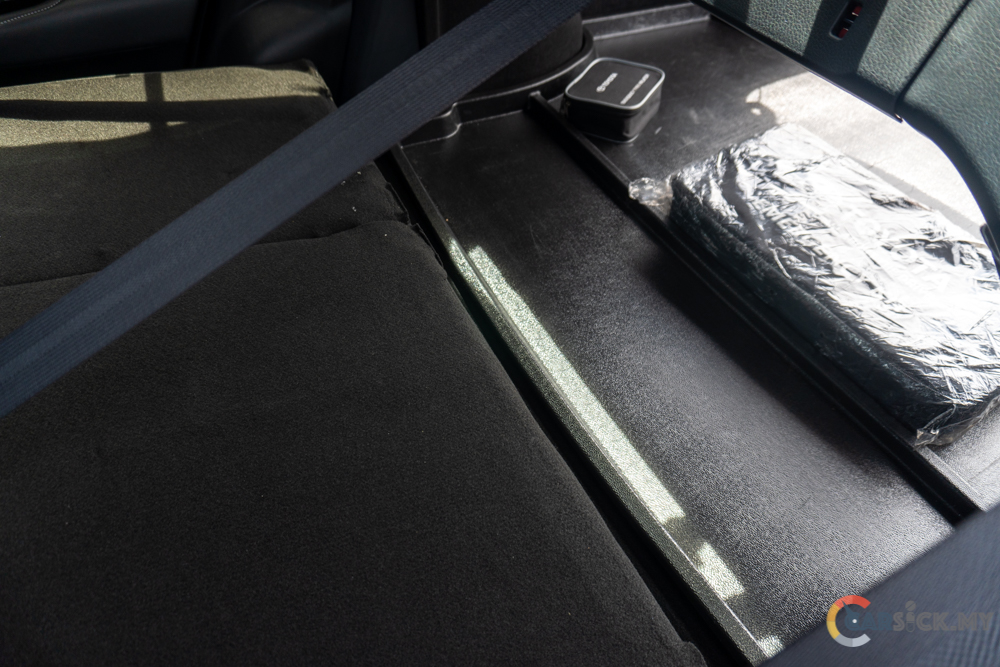
Under the hood, the trusty 1.5L inline 4 engine and the 7 speed Continuous Variable Transmission (CVT) soldiers on. This 1.5L engine has the ability to produce 107PS at 6,000rpm and a peak torque of 140Nm at 4,200rpm. This 1.5L engine may be a small capacity naturally aspirated engine, the engine still feels peppy enough to bring the Vios up to speed. The good low end torque paired with the CVT really makes the Vios feel more powerful than what the paper suggests. While Toyota states that the engine can achieve an impressive 5.8L/100km fuel consumption figure, I did manage an even lower figure than the claimed figure thanks to some careful driving. 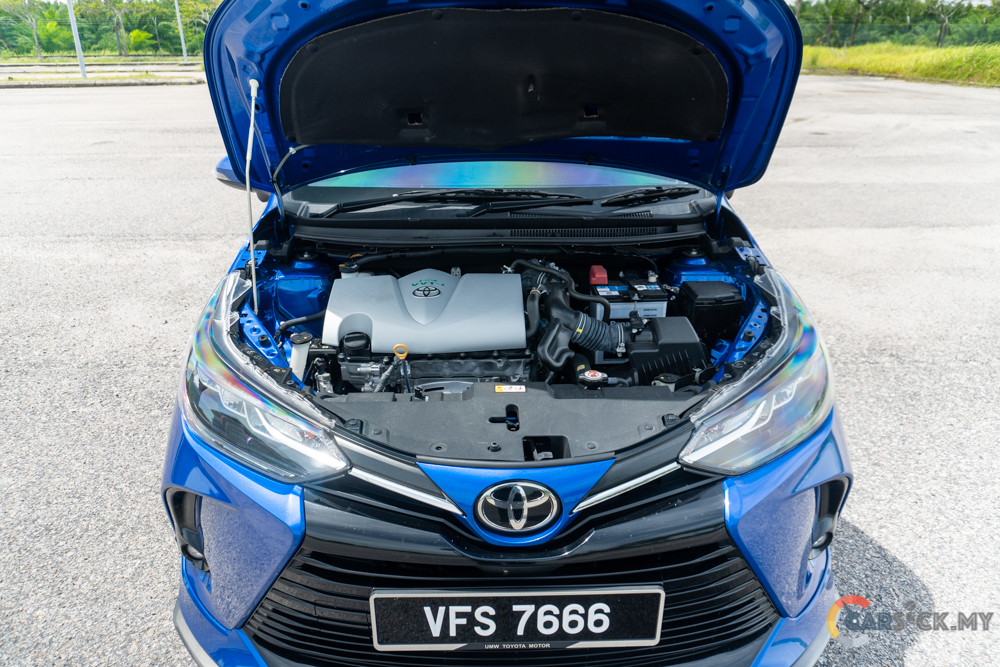
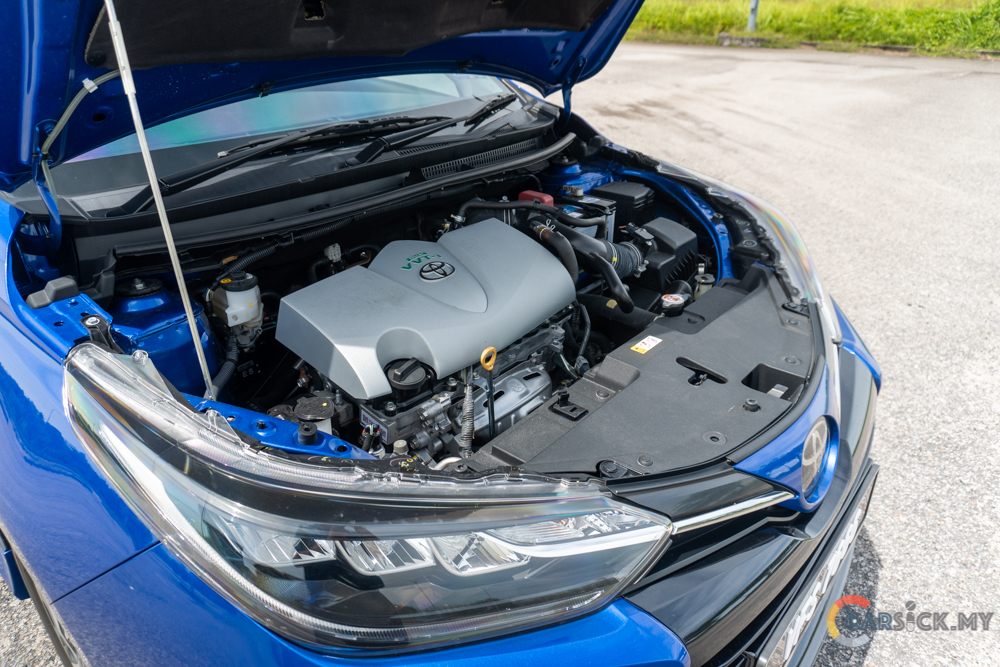
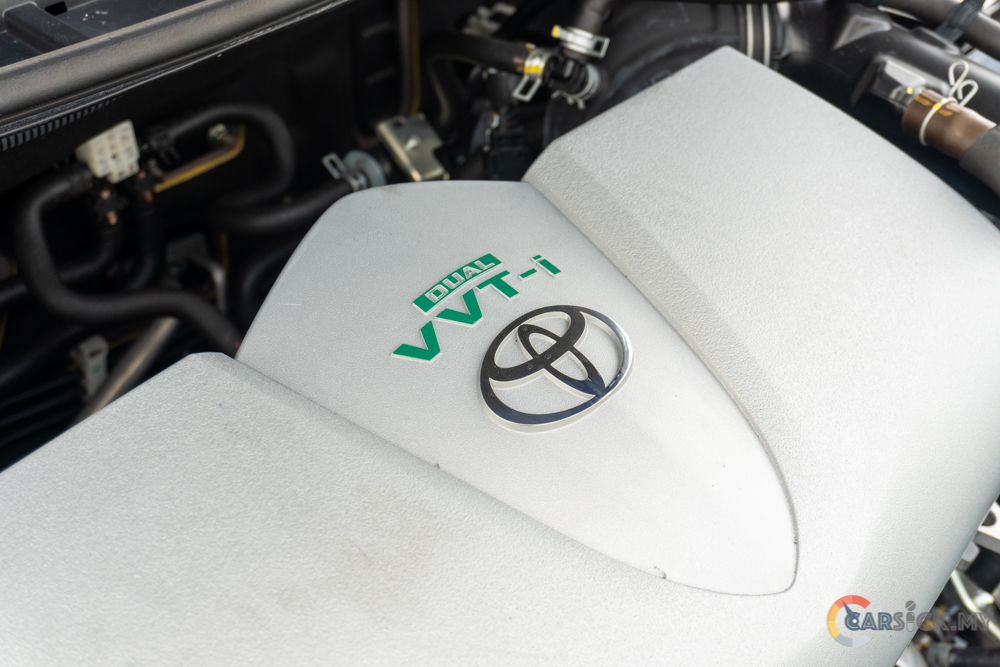
As comfort was the top priority for Toyota when they engineered the Vios, naturally the Vios comes with a softer suspension to absorb all the bumps and road imperfections with a sense of sophistication. Having a soft suspension may be good for comfort, but the handling capabilities are left to be desired. On twisty roads, I can feel that the understeer kicks in rather early and the body roll is pretty obvious. Being the older platform, the superb steering system found on newer TNGA models are not available here. 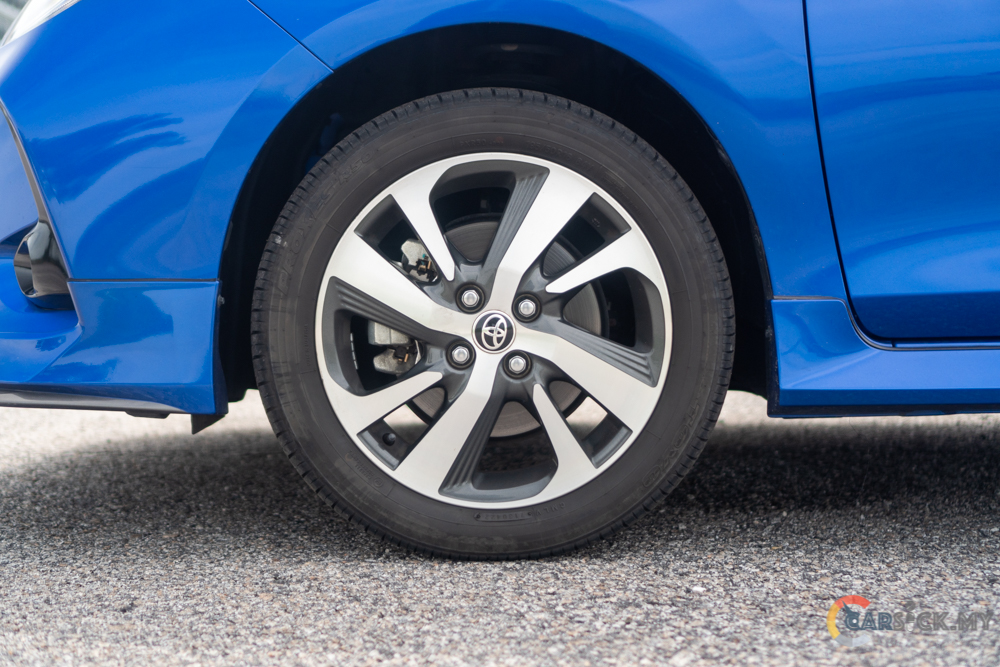
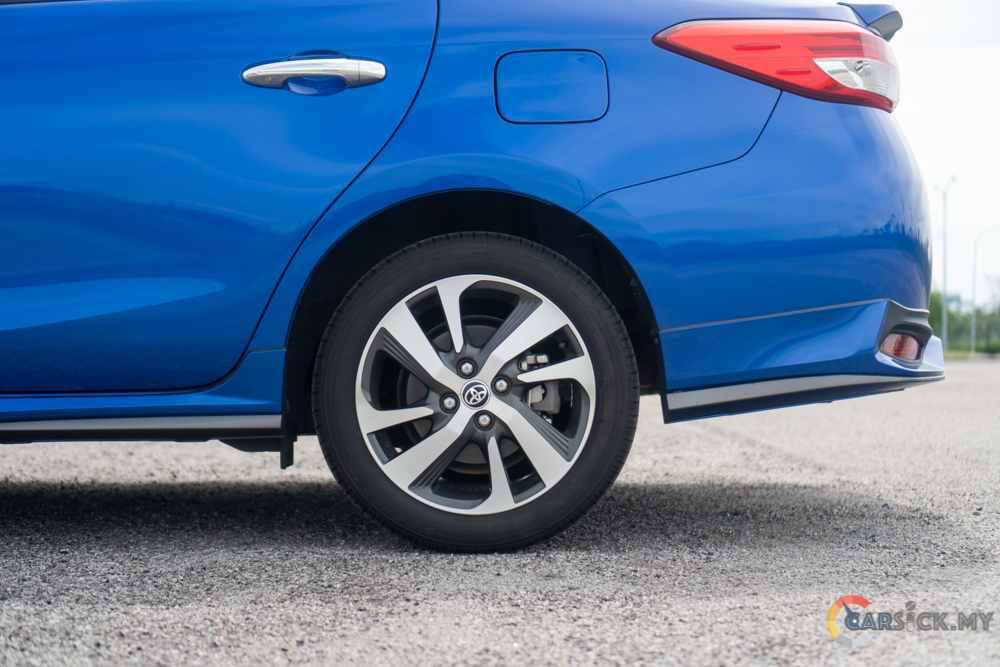
At all corners, the Vios do get a set of disc brakes that have decent stopping performance. The brakes may be sufficient for day to day use, but it’s definitely not designed for any spirited drives. In terms of safety, it’s nice to see that Toyota has given the Vios new safety technology to meet modern day safety standards, but some of its competitors get even better safety systems compared to what is available on the Vios.
The safety systems for the Vios include 7 airbags, Vehicle Stability Control (VSC), Traction Control (TRC), Hill-start Assist Control(HAC), Emergency Brake Signal(ESS), Anti-lock Braking System (ABS), Electronic Brake-force Distribution (EBD), and Brake Assist (BA). As for driver assistance systems, the Vios is loaded with Pre-Collision System (PCS), Lane Departure Alert (LDA), Blind Spot Monitor (BSM), and Rear Cross Traffic Alert (RCTA).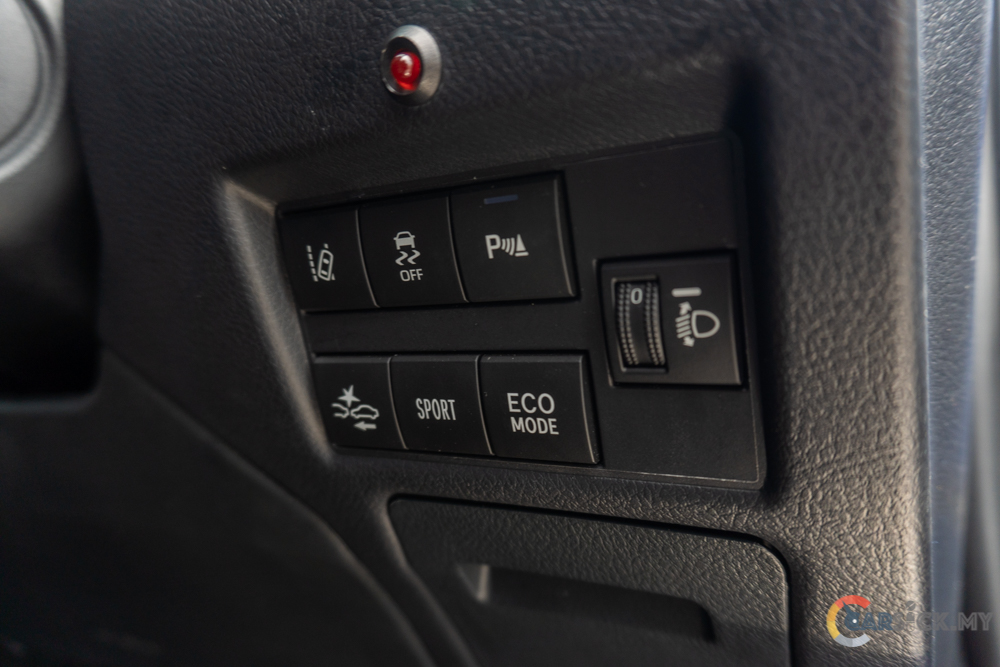
If you’re on the market for a reliable B-segment sedan to bring you from point A to point B, the Vios will always be there to serve you. Priced at RM 90,400.00, you will never go wrong for buying this vehicle. For those who want a bit more performance and handling, there are plenty of aftermarket parts to choose from for the Vios.
Check out full photo album here. 
